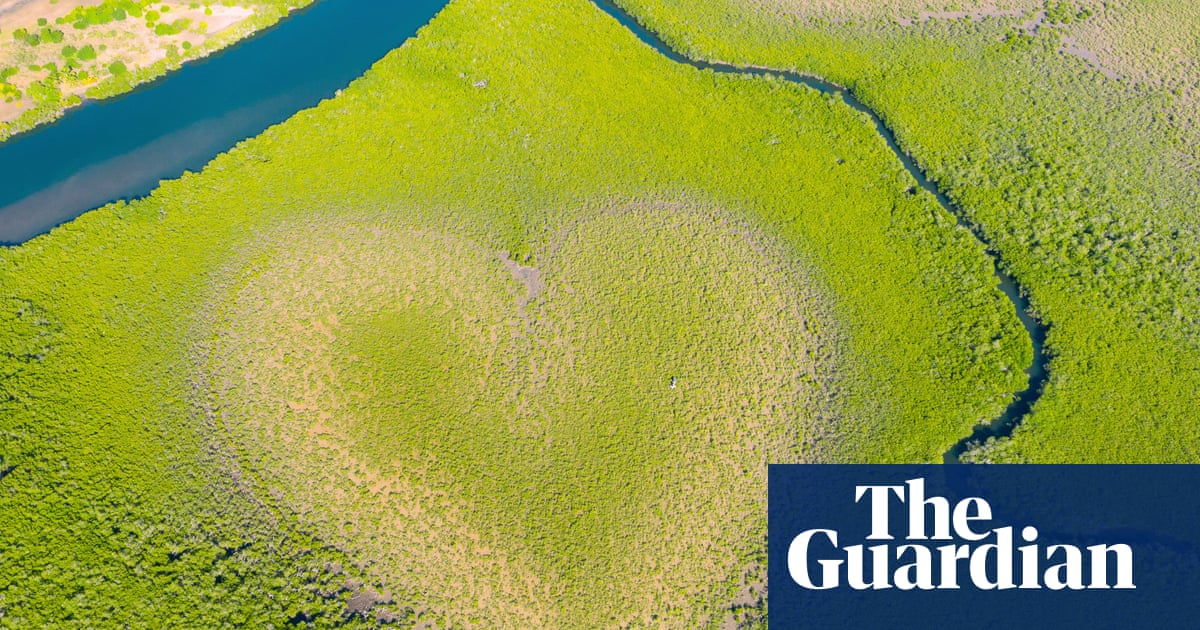
"Isobelle Goa emphasizes that the Heart of Voh is significant not just for its beauty, but for its inherent connection to the people and the need for protection."
"The rising sea levels along New Caledonia's west coast have shifted the water salinity, allowing salt-tolerant mangrove species like Avicennia to thrive and change the Heart of Voh."
"Dr. Cyril Marchand notes that, historically, the heart’s barren, salty soil prevented mangrove growth, but changing water levels have enabled new species to colonize it."
"The iconic silhouette of the Heart of Voh serves as a symbol of New Caledonia's natural environment but is now threatened by climate-induced changes in its ecosystem."
Isobelle Goa harvests mudcrabs at the Heart of Voh's mangrove roots, a symbol of New Caledonia's natural beauty. The area is recognized for its unique heart-shaped outline, which is threatened by climate change. Rising sea levels have been altering the salinity of the region, enabling salt-tolerant mangrove species like Avicennia to thrive and change the landscape. In the past, the heart's barren salt flats prevented vegetation. As tides flow into the heart more frequently, the ecosystem and its distinctive shape are increasingly at risk.
Read at www.theguardian.com
Unable to calculate read time
Collection
[
|
...
]